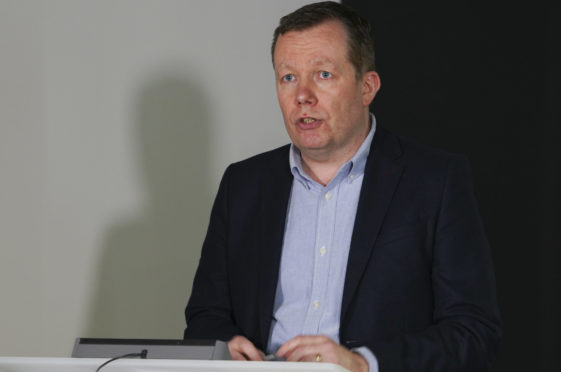
Care homes across Scotland are caring for some of the most vulnerable people in our society with such compassion.
This horrible virus has brought the work of these remarkable organisations into sharp focus, and it is crucial that care workers are supported and cared for too.
We are absolutely determined to get care homes staff all the help they need, including the most up-to-date advice and a sufficient supply of personal protective equipment.
Also this week, the Scottish Government published a paper that starts a discussion on how life after lockdown might look.
The response from the Scottish people to physical distancing and lockdown measures has been amazing and the early signs are that the spread of the virus has slowed.
We cannot stay in complete lockdown indefinitely because we know this brings damaging consequences of its own, not least to the economy.
So, in common with nations across the world, Scotland is planning for a managed change to current restrictions – but, as the First Minister has made clear, that will not mean a complete return to normal anytime soon.
Instead, as some restrictions remain in place for a potentially prolonged period, we will have to get used to a “new normal”.
But we have to be more confident before we think about changing our current situation. The progress we have made on flattening the curve is fragile.
We have to make sure the infection rate is kept very low to prevent a second wave of cases that could potentially overwhelm the NHS and cost lives.
Our challenge, therefore, is to work out if and how we can continue to suppress the virus and minimise its harms while restoring some semblance of normality to our everyday lives. We are watching and learning from others around the globe on a daily basis.
Whatever life after lockdown looks like, we will continue to require that people live their lives in ways that will minimise the spread of the virus.
That will include individuals staying at home if they have symptoms, ongoing physical distancing and, of course, regular and thorough handwashing.

Enjoy the convenience of having The Sunday Post delivered as a digital ePaper straight to your smartphone, tablet or computer.
Subscribe for only £5.49 a month and enjoy all the benefits of the printed paper as a digital replica.
Subscribe